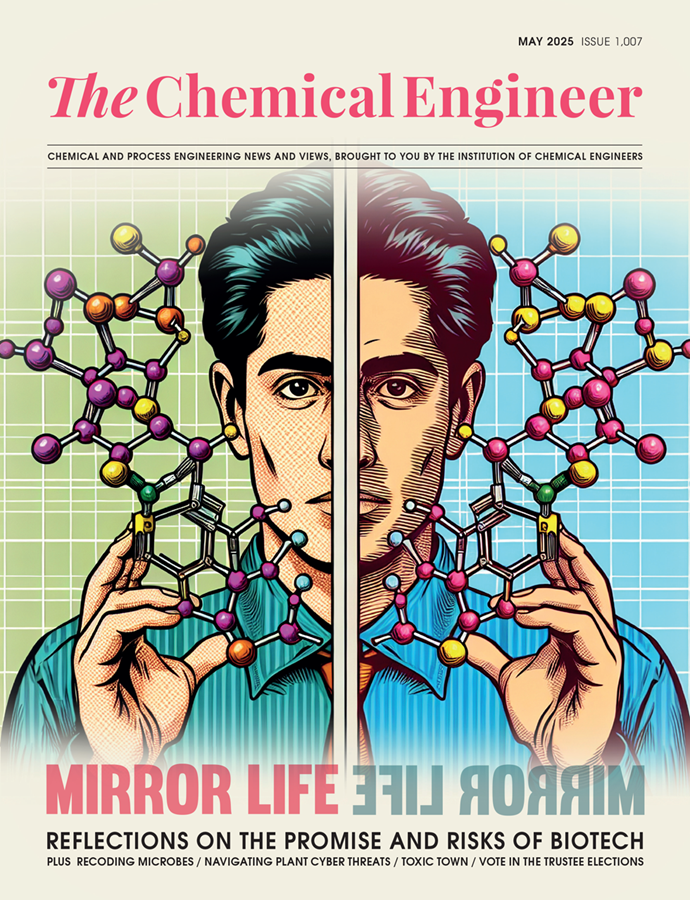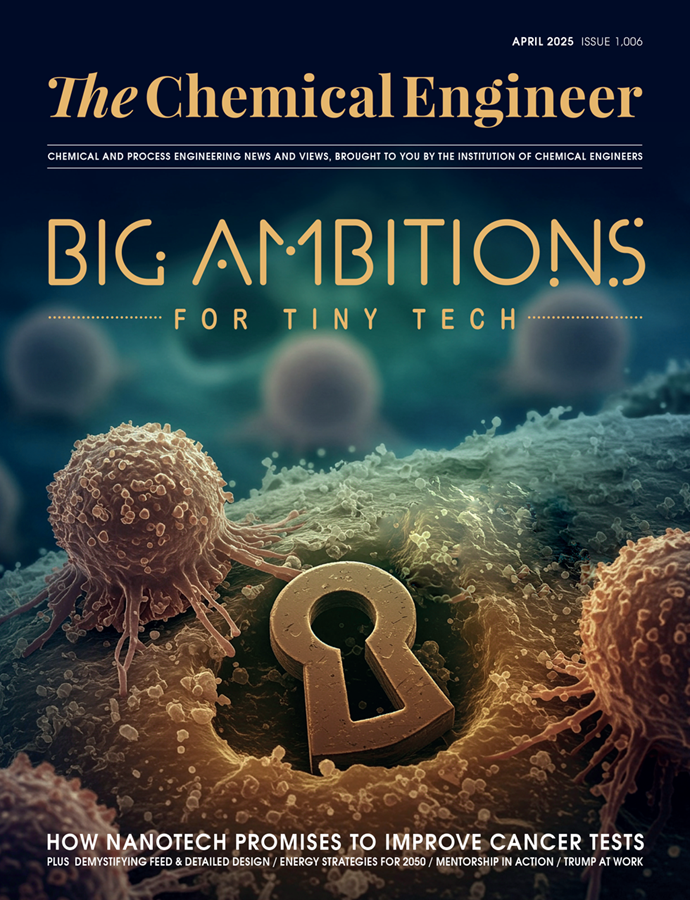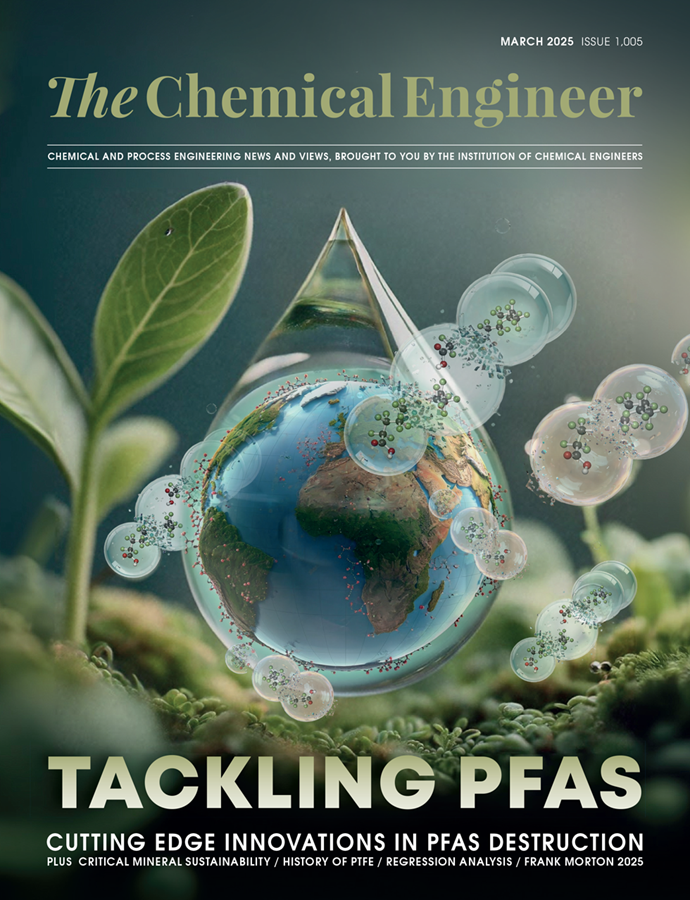US and UK invest US$52m in landmark joint venture to advance fusion technology

ENERGY bodies from the US and UK have committed US$52m in a joint venture to upgrade an experimental fusion facility that will “unlock near-unlimited” fusion power.
The ST40 facility is run by private British firm Tokamak Energy and houses one of the world’s most advanced tokamak machines, which in 2022 generated a plasma ion more than six times hotter than the sun.
The funding has been provided in equal parts by the US Department of Energy (DOE), the UK Department of Energy Security and Net Zero (DESNZ), and Tokamak Energy, and will be used to establish the development and shared access of fusion research and development facilities.
Geraldine Richmond, the DOE under secretary for science and innovation, said: “These new investments will strengthen our partnerships with the private sector and our international allies. Each partner stands to gain significantly more than the funds committed.”
Upgrade goals
A tokamak uses a powerful doughnut-shaped magnetic field to confine plasma and provide an environment where light elements, typically hydrogen isotopes deuterium and tritium, can fuse together to generate energy.
For fusion to occur, the plasma must be kept at an temperature of around 150moC and avoid the tokamak walls to prevent cooling.
ST40’s upgrade will focus on developing lithium coatings to improve plasma confinement. Lithium coatings were pioneered by DOE’s Princeton Plasma Physics Laboratory (PPPL) and their scientists believe the benefits will contribute to designs for a commercial fusion plant.
Steven Cowley, the director of PPPL, said: “PPPL pioneered the use of lithium coatings in fusion back in the 90s. We’ve since refined our understanding of the radical confinement improvements these coatings can enable, and we’re excited to see this expertise leveraged by and advanced in collaboration with the private fusion industry.”
The company will work with Tokamak Energy and the Oak Ridge National Laboratory (ORNL) on the upgrade of ST40, with the latter assisting in the deployment of pellet fuelling capabilities.
US and UK partnership
The joint venture, called LEAPS, represents the first project the US and the UK will work on since the formation of their strategic fusion partnership last year. Both regions aim to advance their respective fusion research and technologies through resource and facilities sharing, with expertise brought by academia, industry, and government.
Kerry McCarthy, the UK climate minister, said: “This project represents a bold step forward in the global race to commercialise fusion. By working with our international partners and the private sector, we are paving the way for a future of clean, limitless energy.”
The project is expected to begin next year in Tokamak’s facility in Oxfordshire, UK.
Recent Editions
Catch up on the latest news, views and jobs from The Chemical Engineer. Below are the four latest issues. View a wider selection of the archive from within the Magazine section of this site.




